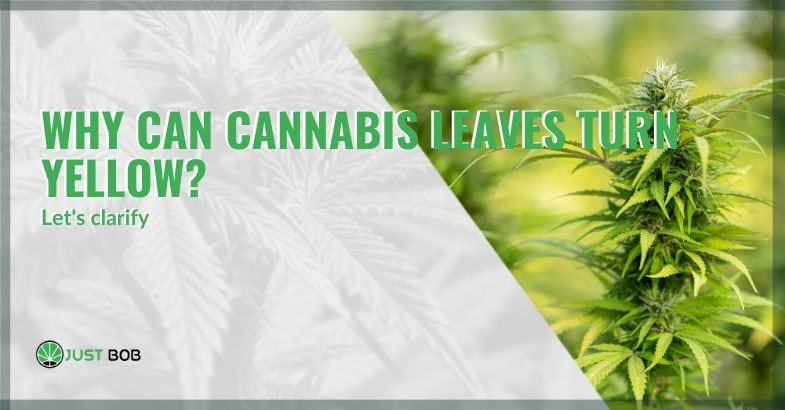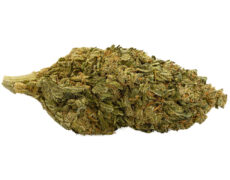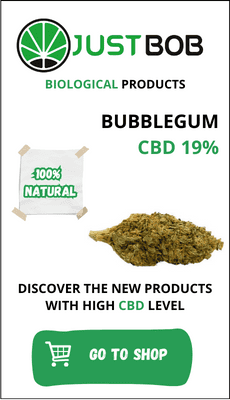Modified on: 19/04/2024
THEY APPEAR NATURALLY IN THE LAST WEEKS OF FLOWERING, BUT THEY CAN ALSO BE A SOURCE OF STRESS FOR THE PLANT. THAT’S WHY AVOIDING THEM CAN IMPROVE YOUR CROP YIELD.
The appearance of yellowed and withered leaves is never pleasant for a grower, although it is a normal condition in the life cycle of the plant. In some cases, however, their presence should alert us to the state of health of the plant itself.
This is because yellowing of the leaves (of CBD buds too) could be due to improper care. In this case, the risk is that you will realize shortly before harvest that you have compromised yields by not taking proper precautions during the growth and flowering phases of the plant.
-
 SMALL & BIG
SMALL & BIGBUBBLEGUM
Indoor | CBD – CBDA<22%
Starting from:EASTER SALE -10%
1,25CHF1,10CHF/gGrams3 5 10 20 50 100 -


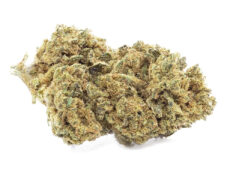
DO SI DOS
Starting from: 2,00CHF/gIndoor | CBD – CBDA < 19%
Grams3 5 10 20 50 100 -


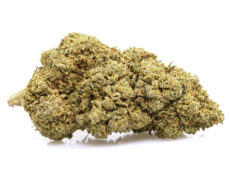
ROYAL GG#4
Starting from: 2,30CHF/gIndoor | CBD – CBDA < 40%
Grams3 5 10 20 50 100 -


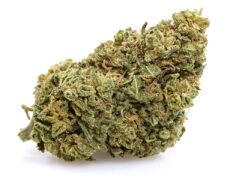
GORILLA GLUE
Starting from: 2,90CHF/gIndoor | CBD – CBDA < 20%
Grams3 5 10 20 50 100
In this article we examine the factors that most affect the yellowing of the leaves and the possible remedies to prevent them.
Read also: White Widow marijuana: all you need to know about it
Yellowing leaves: when there is nothing to worry about.
Technically, we speak of leaf chlorosis to indicate the natural yellowing of the leaves (of CBD weed too) caused by a lack of chlorophyll, which normally gives the leaf its characteristic green color.
This phenomenon occurs spontaneously in the last weeks of flowering, when the plant diverts its energies towards the flowers, while the leaves tend to yellow and fall. It is the normal life cycle of the plant.
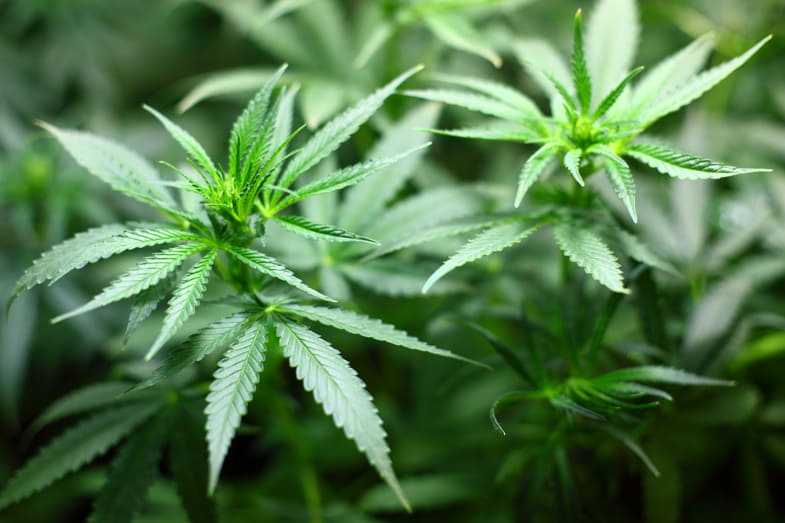

The yellowing of the leaves can also be accentuated by the treatments carried out on the plant in the last phase of its life cycle: in the days preceding the cut, it is watered abundantly to eliminate any residue of fertilizers and other potentially harmful substances. to health that can be placed near the roots.
In other cases, however, the yellowing of the leaves may be the result of some type of stress suffered by the plant, for example, inadequate care by the grower or changes generated by the external environment.
Below there is a list of the most common stressors, to help you recognize the symptoms so you can intervene immediately.
Yellowing leaves: what are the causes?
There are three main causes of leaf yellowing (and of CBD flowers) :
- lack or excess of water: insufficient or excessive watering can negatively affect the ability of the plant to develop luxuriant flowering, with the consequent decrease in production;
- lack or excess of nutrients: chlorosis of the leaves can be an alarm signal for a situation of pH imbalance (soil too acidic), thus compromising the assimilation of nutrients and, therefore, the healthy development of the plant;
- excessive heat or cold: When a cannabis plant or CBD flower plan suffers this type of stress, growth retardation occurs and, therefore, a reduction in harvest yield.
Read also : Growing marijuana outdoors: typical characteristics of outdoor varieties include the following
How to prevent yellowing of the leaves of the cannabis plant?
In order not to compromise the quality and quantity of the harvest, it is essential to take some precautions to avoid damage due to lack of proper care.
So, let’s review the stressors we just looked at to identify possible remedies in such circumstances:
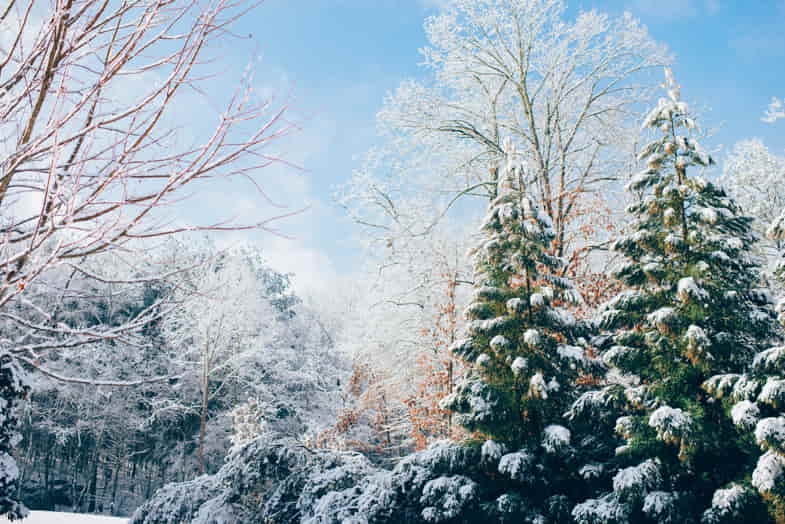

- lack or excess of water: it is necessary to identify the right amount of water and give the soil time to absorb it. Only when the substrate is dry, it can be watered again.
To understand this, it is enough to stick a finger in the soil to assess its humidity and thus avoid watering the plant more than necessary. If the potting soil stays wet for too long, it can lead to root rot. - lack or excess of nutrients: both deficiency and excess of nutrients (usually nitrogen which is one of the most important) cause the leaves to turn yellow and wither.
The normal values of pH in the soil are between 6 and 7. In situations of imbalance, it is necessary to hurry to bring the pH value within the range by using specific nutrients capable of restoring the acid-base balance. - excessive heat or cold: in indoor crops, in particular, given the proximity of the lamp to the plant, there is a real risk of ‘burning’ both the inflorescences and the leaves. If you want to grow healthy and lush plants in a greenhouse, you need to ensure that the temperature is constantly kept below the 25-30°C threshold.
Both indoors and outdoors, a few degrees more could affect the performance of the plant: the latter, unable to carry out correct chlorophyll photosynthesis, reacts to heat by producing loose and compact buds, making it difficult for molds and other pathogens to transmit.
Even when the temperatures are too low, the leaves tend to turn yellow. If the outside temperature drops below 10°C it is advisable, as far as possible, to move the plants to a sheltered place, especially when they are in the development phase, during which they are more delicate. However, if the plants are in the ground, foils can be used to warm the roots and protect them from excessive cold.
In conclusion
Although it is a process that is part of the normal life cycle, yellowing of the leaves (foliar chlorosis) could be an alarm signal about the state of health of the plant.
The most common causes of the yellowing of the leaves of the plants can be several (irrigation or fertilization errors, unfavorable weather, etc.), but there are remedies to counteract them and help growers to obtain a better yield.
If you are passionate about this world, in our JustBob.ch store you can find CBD oil, CBD crystals and many other high-quality CBD cannabis products.
See you on Justbob!


